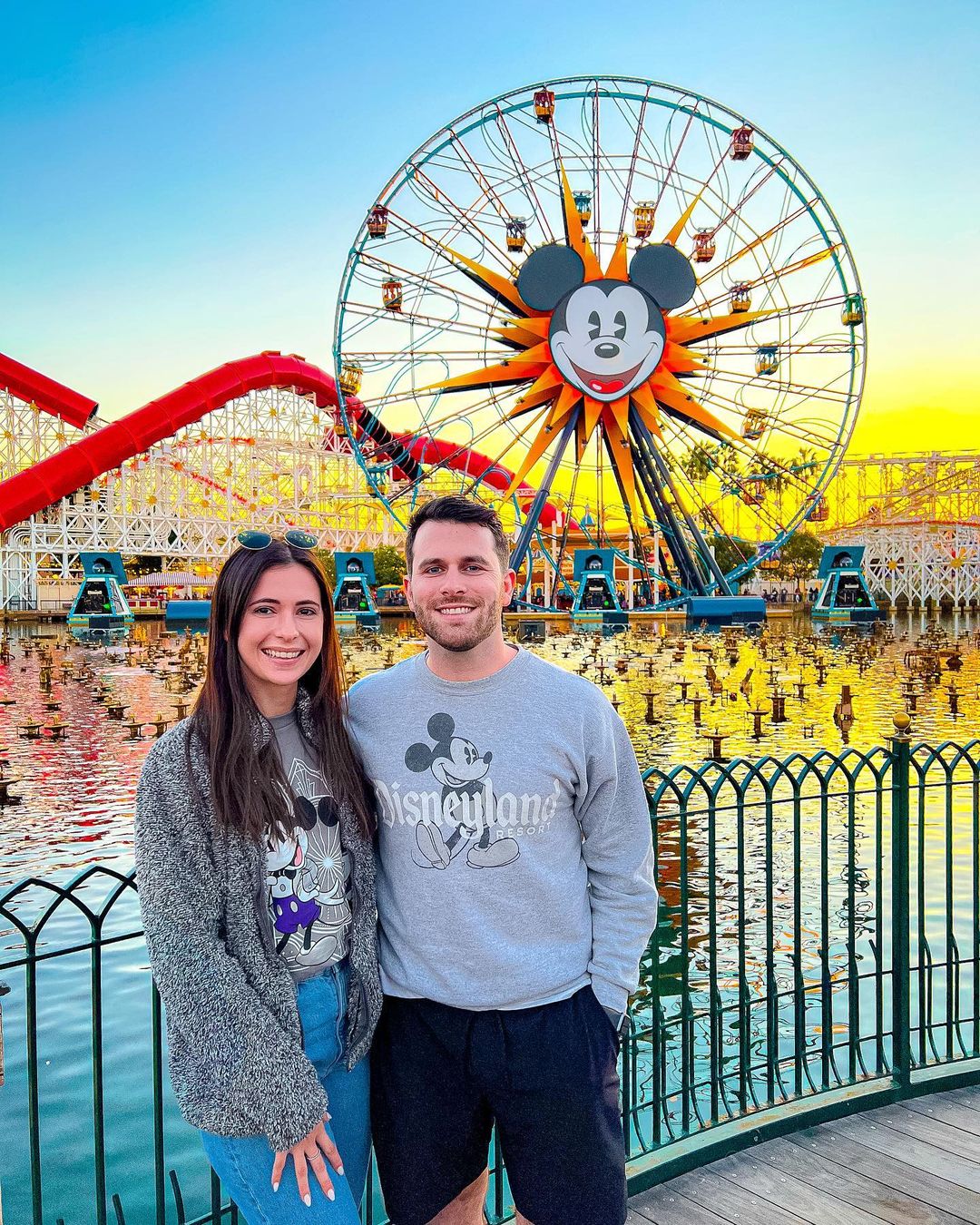Have you suffered a heart attack as a result of blocked arteries? Do you know what to eat following a heart attack?
One of the world’s primary causes of death is heart disease. This represents a narrowing of the arteries, which take oxygen-rich blood out to the heart. When these arteries become blocked, blood flow slows or stops entirely.
In both cases, one must build a healthy diet after a heart attack and stents. This article will look at some diet after heart attack advice. Let’s dive in!
Consult a Healthcare Professional
Talk to your doctor, a trained dietitian, or a cardiologist before making any big changes to your diet. If you tell them about your condition, medications, and dietary restrictions, they can give you tailored help.
Practice a Good Diet
A good diet for your heart includes a wide range of whole foods from all the food groups. Eat a lot of vegetables and fruits of different colors. They are full of antioxidants, vitamins, and minerals that are good for your heart.
Eat whole foods like quinoa, brown rice, and whole wheat bread. They are high in fiber, which helps keep cholesterol levels in check.
Pick lean protein sources like nuts, fish, chicken, beans, and other vegetables. These foods have fewer bad fats and may be suitable for your heart.
Foods like olive oil, nuts, seeds, and avocados contain healthy fat. Eat less fried and processed snacks, as well as fatty meats that are high in saturated and trans fats.
If you consume dairy products, opt for low-fat or fat-free options to decrease your intake of saturated fats. Additionally, consider taking the best dietary supplement to lower cholesterol levels to support your diet.
Track Sodium Intake
High blood pressure is a major risk factor for heart disease; too much sodium can worsen it. Aim to limit your daily sodium intake to around 2,300 milligrams or less.
Don’t eat as many ready-made meals, canned goods, or restaurant meals. Instead, cook more fresh, whole foods at home.
Mindful Portion Control
Pay attention to part sizes to prevent overeating. Use smaller plates, bowls, and utensils, and savor each bite. This can help you feel satisfied with smaller portions and maintain a healthy weight.
Limit Added Sugars
Too much sugar can make you gain weight and raise your chance of heart disease in other ways. Read food labels and choose sweet foods like fruits to meet your sweet tooth.
Stay Hydrated
Adequate hydration supports health, including heart health. Aim to drink plenty of water throughout the day. Limit sugary beverages and opt for water, herbal tea, or unsweetened alternatives.
Plan and Prepare Meals
Setting up your meals ahead of time can help you pick healthier foods instead of quick, less healthy ones. Batch-cooking and storing meals in portion-sized containers can be helpful.
Change Your Diet After a Heart Attack and Stents Right Now
Pay attention to how different foods make you feel. Note any discomfort, indigestion, or changes in energy levels. This awareness can help you fine-tune your diet to support your well-being.
With these tips, you can create a balanced diet after a heart attack and stents. Remember, making positive changes for a healthier you is never too late!
Did you find this article helpful? Visit more of our blogs!
Basin Reboot and editorial staff were not involved in the creation of this content.








